Bonjou! Our public health clinical group has been busy researching and planning for our trip to Jeremie, Haiti. And learning Creole. More of the former than the latter. But we’ll keep at it. Yon sel dwet pa manje kalolou…You cannot eat okra with only one finger.
Public health clinicals at JHU are just seven weeks long (112 clinical hours). Because of the time limitations inherent in this, some aspects of our central task–designing and implementing a community intervention–are a little artificial. Instructors have worked with the same placements before, and already have ideas and knowledge about the community’s needs and the best way to meet them, allowing them to guide students through and hurry the process along. Ordinarily, designing and implementing a community assessment from scratch takes weeks, months, or even longer. We don’t have a year to do community assessments, establish ourselves as long-term partners, diagnose, prioritize, and then start developing goals and interventions–we have 7 weeks to move this process through to implementation and, ultimately, evaluation. So, while we may approach this as students with a mindset of discovery and innovation, our instructors are there as catalysts and failsafes to tell us, when we come up with an idea that is, well, bad, “that won’t work, and this is why.”
For those of us who are doing most of our on-site clinical hours in a single week, we have to begin our intervention as soon as we hit the ground–we won’t be able to take even a few days to do “windshield surveys,” etc. Luckily, we have a tremendous amount of expertise to draw on here at Hopkins, especially in the form of Dr. Sloand and other clinicians who have been treating patients in Haiti for many years, both before and after the earthquake.
One of the most important parts of the interventions we design is making sure that they are pertinent and pragmatic for the short time that we will be able to visit. We won’t be there for a year to guide things along; there will be no follow-up implemented by us personally, only by other health workers with whom we are partnering and who remain in country. Our health education has to be able to function as an isolated event.
Of course, time isn’t our only complication. It’s considered unethical (for good reason) to screen for something, or educate a community about a health issue, if you have no ability to then treat it. As nursing students, we’re used to dividing the factors contributing to disease into “modifiable” and “non-modifiable” categories. For example, when talking about heart disease in the U.S., someone’s genetic predisposition would be a “non-modifiable” factor, whereas diet and exercise–‘lifestyle choices’–are “modifiable,” decisions that the patient (or community) makes. Many factors that might be considered modifiable in the U.S., however, are far from modifiable in Haiti. Hypertension and heart disease are problems in Haiti. But our usual response–talking about diet and exercise–would require impossible changes. You can’t tell someone who has to walk an hour every day to get water that they need to exercise more. And you can’t tell someone who gets a single meal a day that they need to cut down on sodium and cholesterol. It’s ridiculous.
As it is, it’s hard enough that we will be doing, among many other things, anemia testing–we can’t ask people to eat more leafy greens, or maybe some red meat. We can barely ask them to eat more beans–meals for many people in Jeremie are usually a small amount of rice, with maybe a few beans thrown in. But, thanks to the fundraising we have been doing, we will be bringing an enormous supply of iron pills that we can give out, so testing for and talking about anemia, especially with the population of adolescent girls we will be doing a lot of work with, will be a very viable project. As for the potential that people will have questions about these pills after we have left–well, that is something that we can (thankfully) rely on the health workers in-country to troubleshoot.
In light of the time limitations we have, we have all been working hard to learn as much as we possibly can about the area before we leave, studying government, culture, mortality data, demographics, education, MDGs, and other aspects of basic country knowledge that we absolutely need to know. Some of our preparation, though, has been a little more lighthearted. Laura sent out links to Haitian radio and Haitian music that we can access online. We also watched a super-poppy “4real” video of Flea from the Red Hot Chili Peppers visiting Haiti, where he visits Jeremie and HHF, the same organization that we will be partnering with.
My favorite resource so far has been Dick Gordan’s three part special “Re-inventing Haiti” on The Story, and American Public Media program, a series that aired just this January for the two-year anniversary of the earthquake. The series is in three 50-minute parts, and has been fabulous to listen to in the evenings. If you’re interested, give it a listen–it’s well worth it.
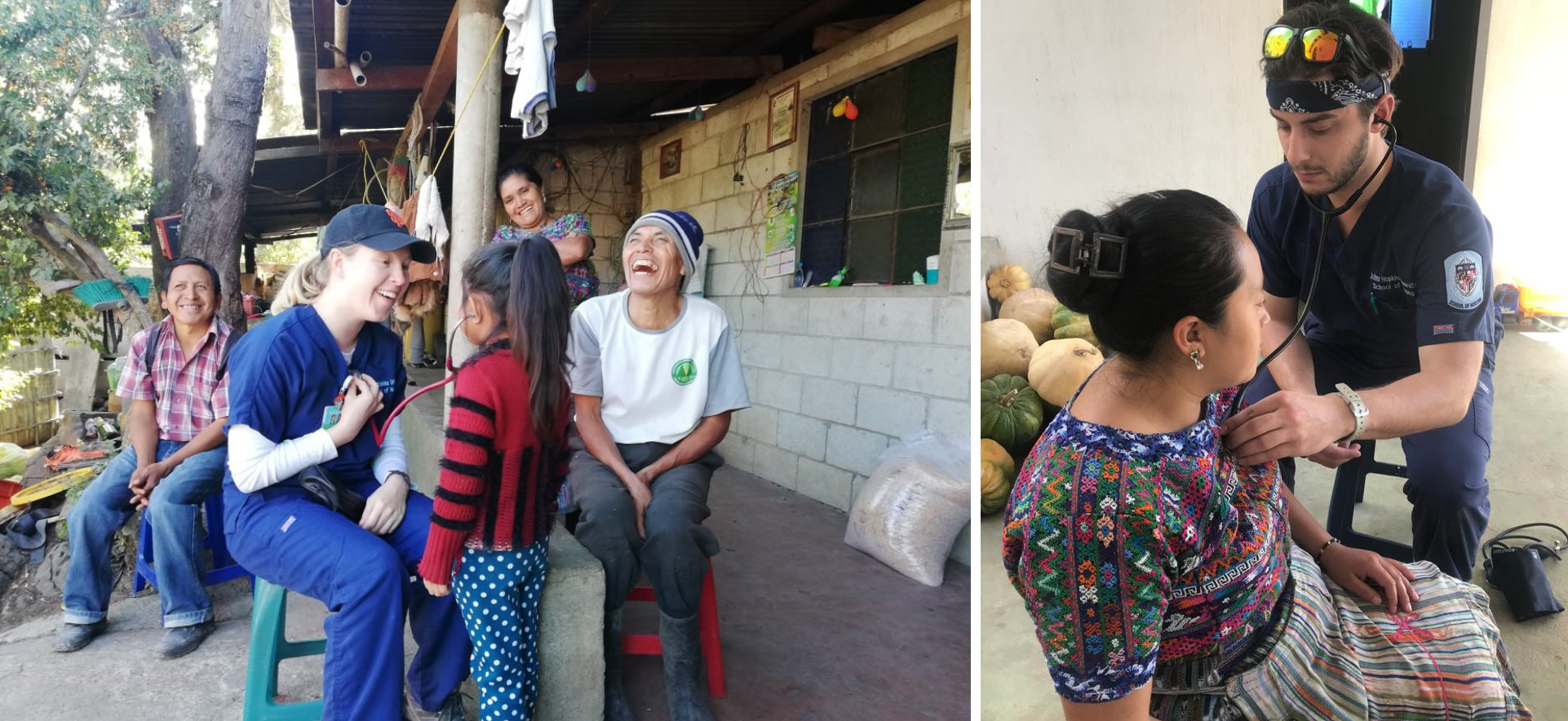 Guatemala Re-visited: Rainwater Project Shows Value of Service-learning Trips
Guatemala Re-visited: Rainwater Project Shows Value of Service-learning Trips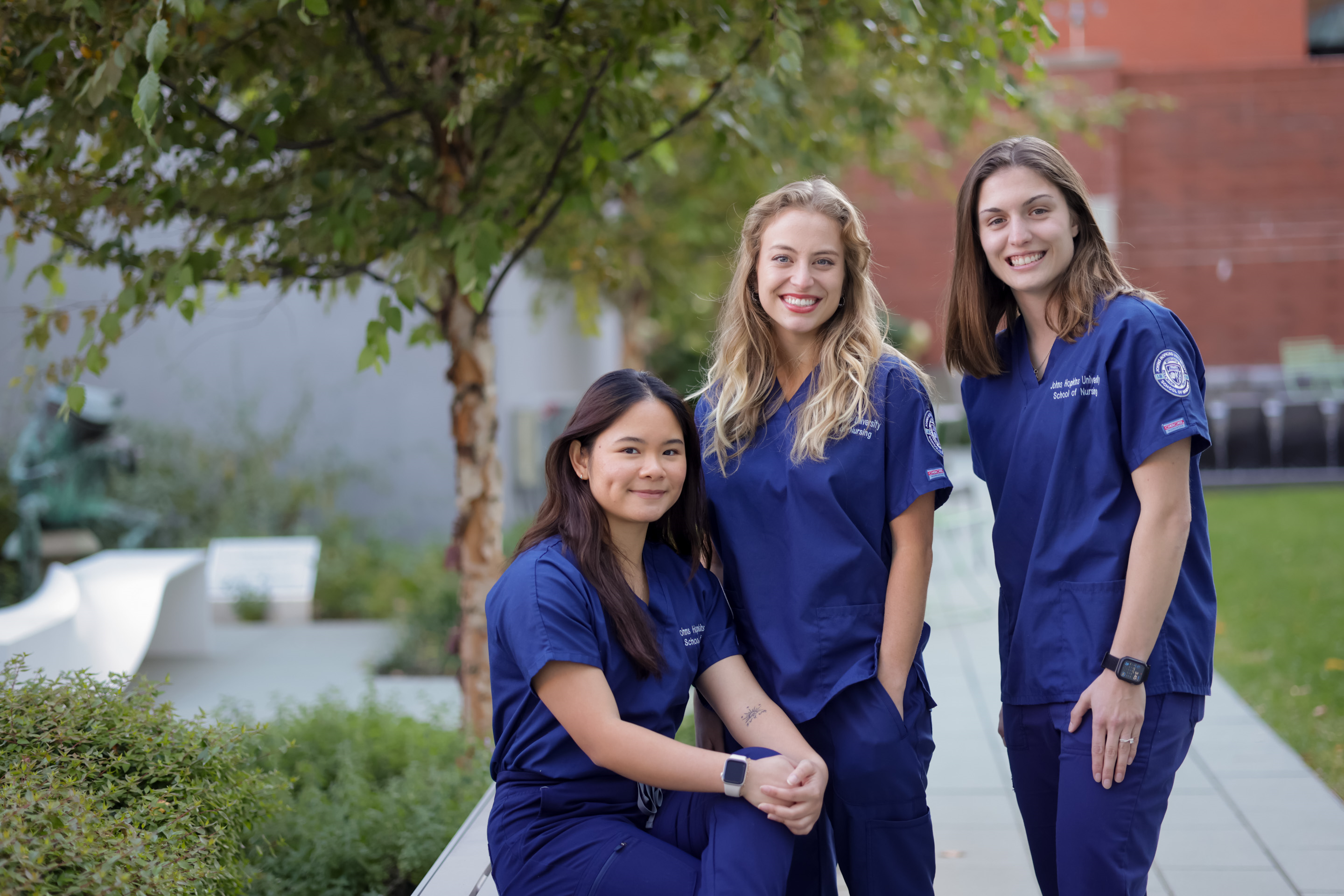 Military to MSN and Back: A Select Few
Military to MSN and Back: A Select Few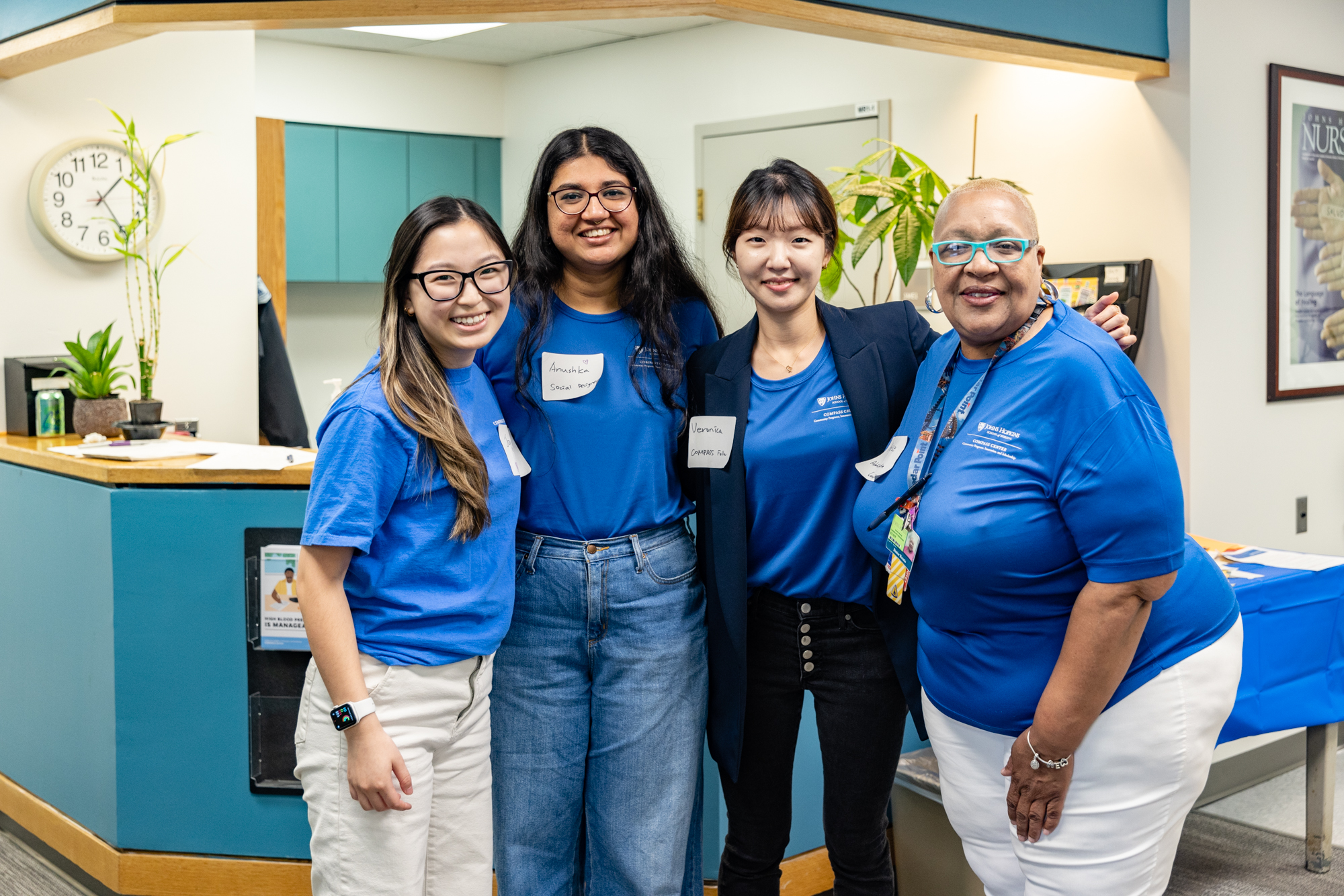 Wald Center Returns to Lead Community Care
Wald Center Returns to Lead Community Care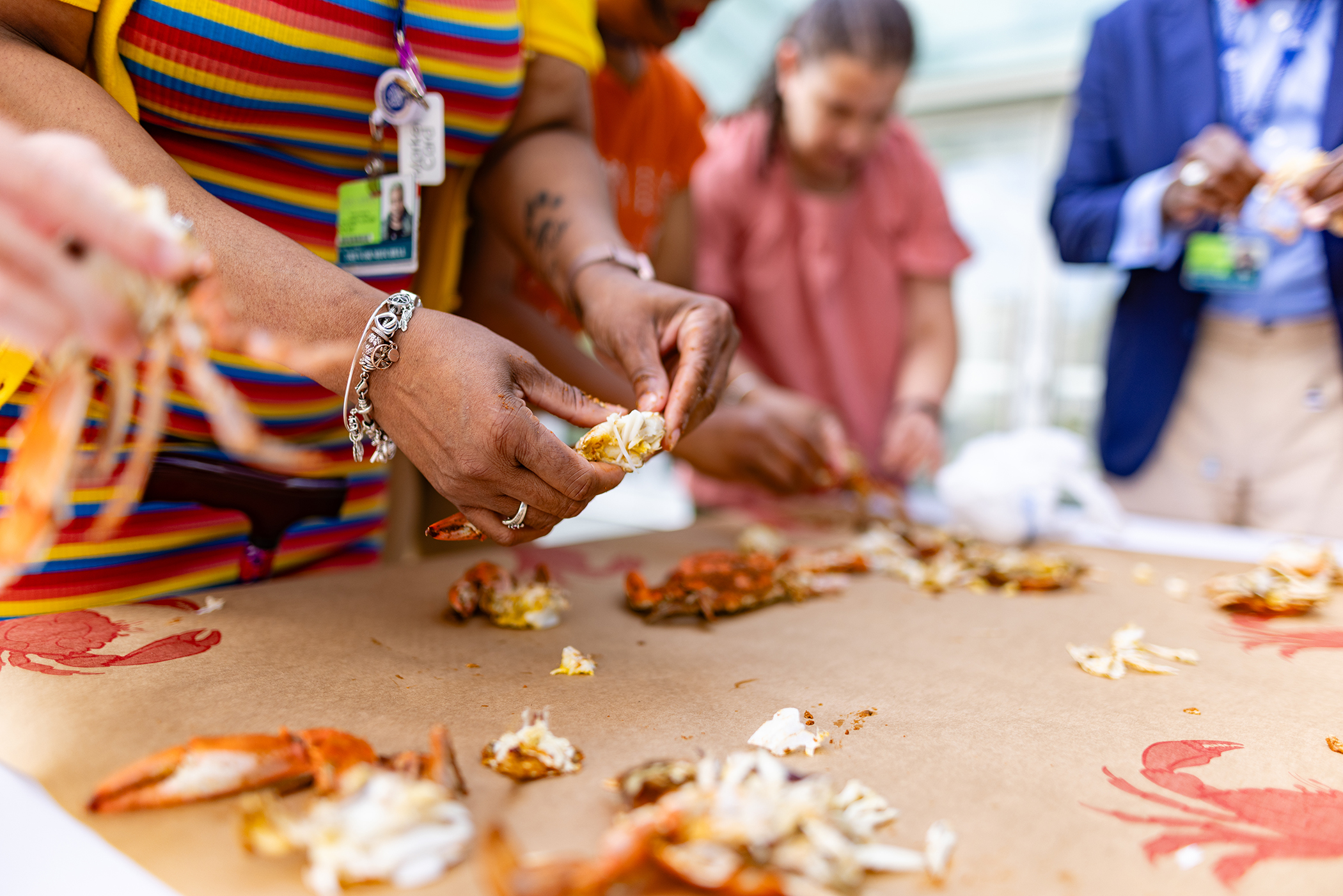 JHSON Highlights
JHSON Highlights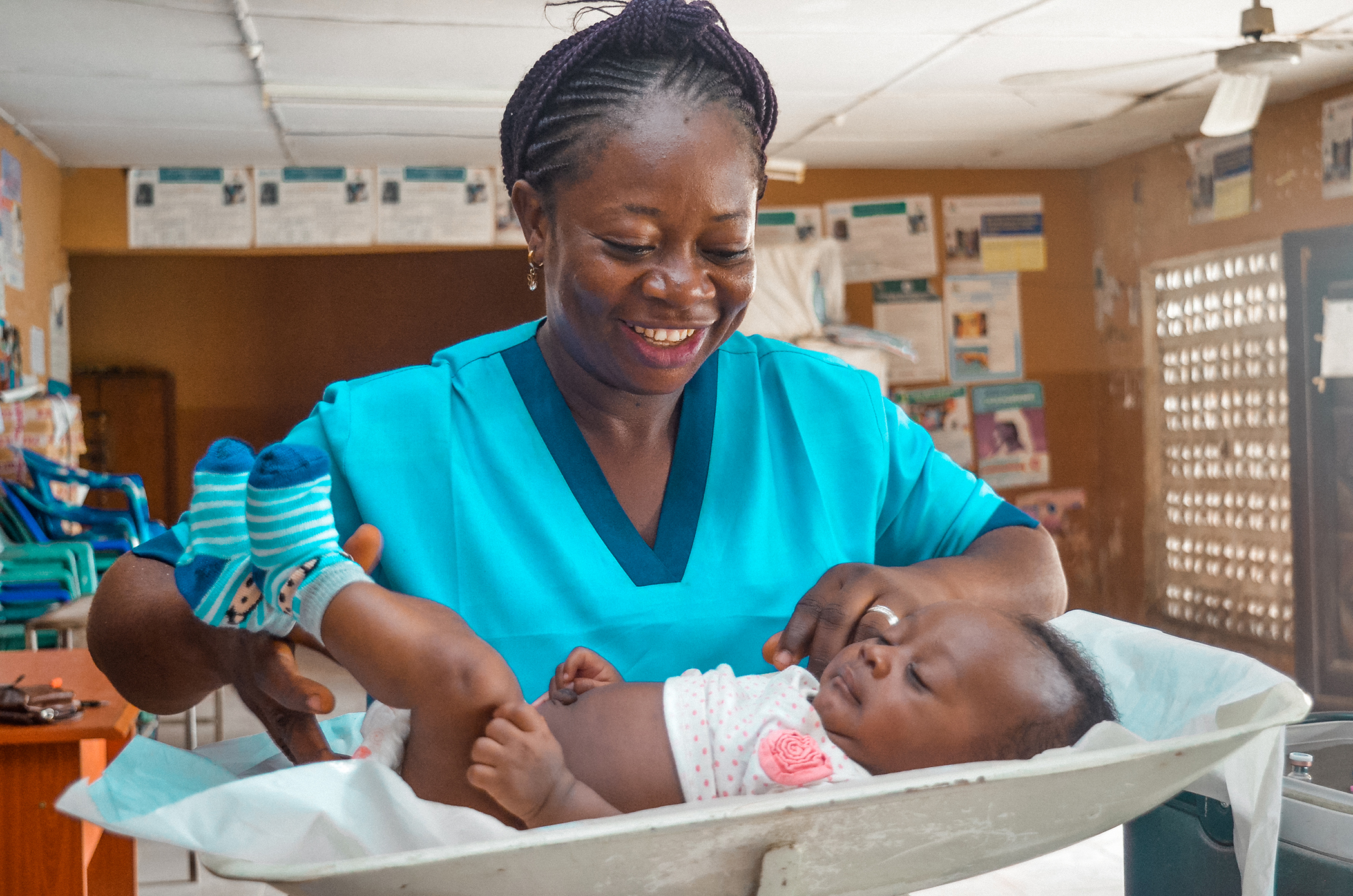 Nurse Edith Brings Primary Health Care to Everyone in Rural Nigeria
Nurse Edith Brings Primary Health Care to Everyone in Rural Nigeria







